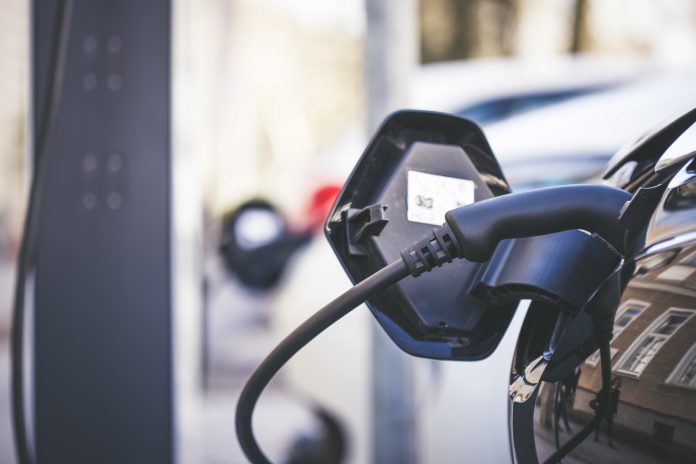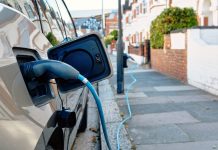Gregory Allouis, Strategic Solutions Director, SPIE UK discusses the role electric vehicles will play in creating sustainable urbanisation
Yesterday (31st October) marked World Cities Day 2019, a day created to promote the international community’s interest in creating sustainable urban environments for people to live and work in. Through cooperation and learning between countries, the aim is to address the many technological, physical and human challenges that urbanisation creates.
The theme of this year’s event was Innovations and Better Life for Future Generations. Often when we speak of innovation, we think of technology first. However, building sustainable urban spaces will require more than technological ingenuity. Innovative and flexible policy and planning that can meet people’s needs will be as important as innovative technology.
Today, half of the world’s population live in urban areas but that is set to double by 2050. Accommodating such a significant increase in just 30 years is going to be challenging and will require a change in approach when it comes to our urban buildings and infrastructure.
Urban transport is one area of particular concern. Vehicle emissions and their impact both on public health and the environment has become a major problem that needs to be rectified.
Few would contend whether fossil fuel vehicles are having a detrimental impact on our health, but more needs to be done to act upon this information. Namely, we really must advance the widespread adoption of electric vehicles (EVs) across the UK. A move to electrified transport is set to massively reduce our impact on the environment, be beneficial to people’s health and make urban spaces more liveable.
When it comes to accelerating the adoption of electric vehicles the primary hurdle that we need to overcome is making them easier to charge. There are many innovative ways by which this might be achieved, with new and emerging technologies aimed at achieving superfast charging of vehicles in minutes or even roads that feature wireless charging, so vehicles charge whilst they’re on the move.
These innovations and others like them will all prove important in advancing the cause of electric vehicles, but they need to be matched, if not exceeded, by innovative and ambitious policy from local and national governments. Technology has a role to play in making charging easier and more efficient, but that alone is not going to convince the vast majority to purchase an electric vehicle.
Meeting other everyday human concerns, such as making commuting easier or reducing costs, will have a more profound effect. Legislation that lowers or removes taxation for electric vehicles or gives them dedicated lanes on which to drive are the kind of measures we need to see introduced. The recent proposals to introduce green number plates for electric vehicles could go some way to making this happen, but it needs to be backed up with concrete incentives. When the Norwegian government introduced a similar scheme, they did so alongside a range of benefits such as free parking and access to bus lanes. These benefits were complemented by tax breaks for electric vehicles.
When it comes to encouraging adoption of electric vehicles, this is the kind of action we need if we’re truly serious about encouraging people to make a change next time they buy a vehicle.
Legislation can also help to encourage investment into charging infrastructure. Public investment does have a role to play, but where local authorities have limited budgets there is not always scope to make the necessary commitments to rolling out electric vehicle charging. Policy that makes it easier for private investment can benefit businesses and consumers. Not only will encouraging businesses to invest in charging points make them more widely available, but businesses benefit from customers having another reason to visit their premises. In such a scenario, the return on investment is driven more by increased store visits as opposed to vehicle charging, meaning charges to consumers would likely be nominal or even free depending on the size of purchase.
The benefits of this approach go beyond benefitting electric vehicle owners, having the potential to bring people back to high street businesses and regenerate deprived areas. This notion of revitalising local economies whilst improving sustainability is what is at the heart of the United Nations’ New Urban Agenda. It is exactly this kind of holistic thinking we need as we move to a successful and sustainable economy.











